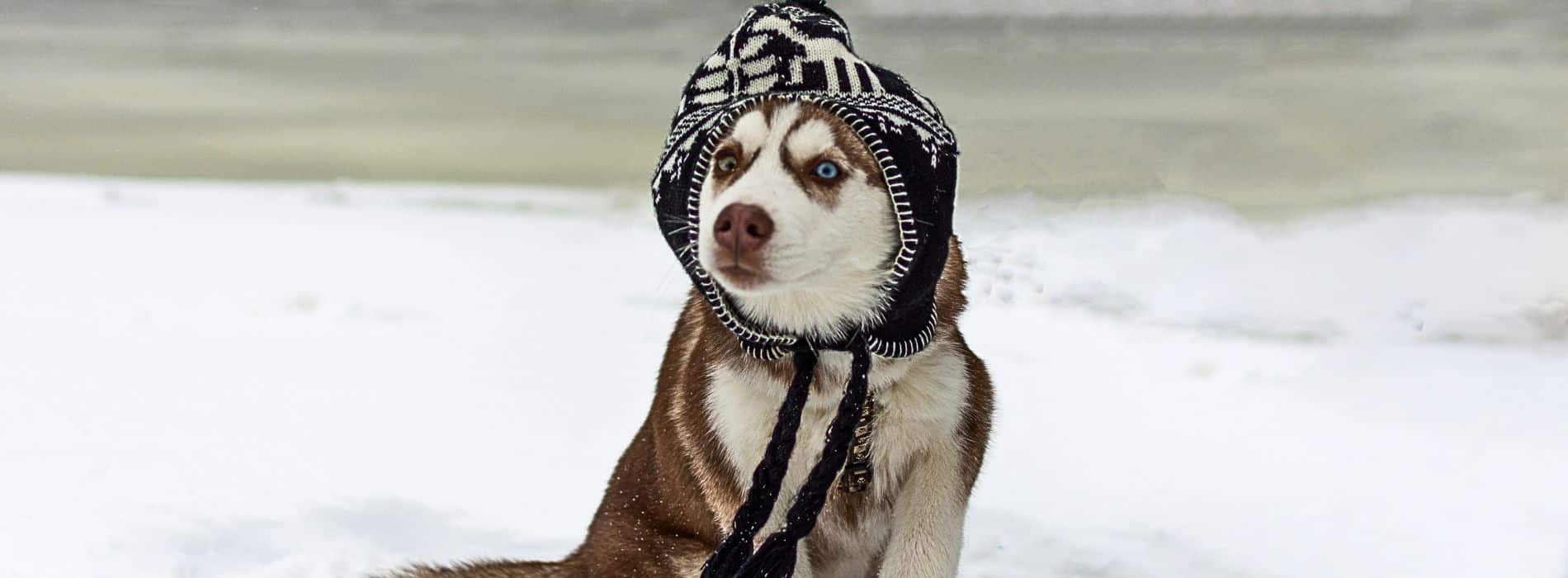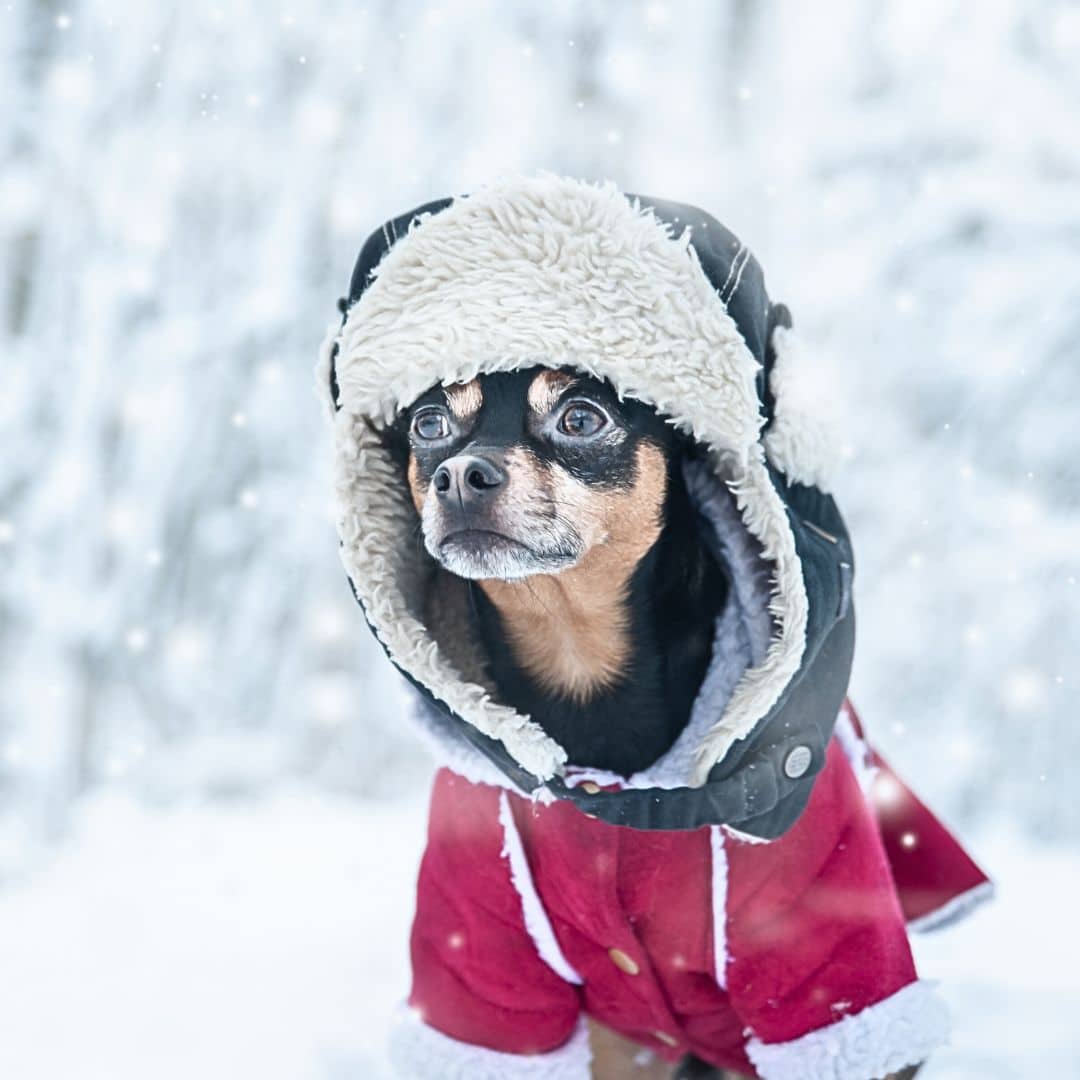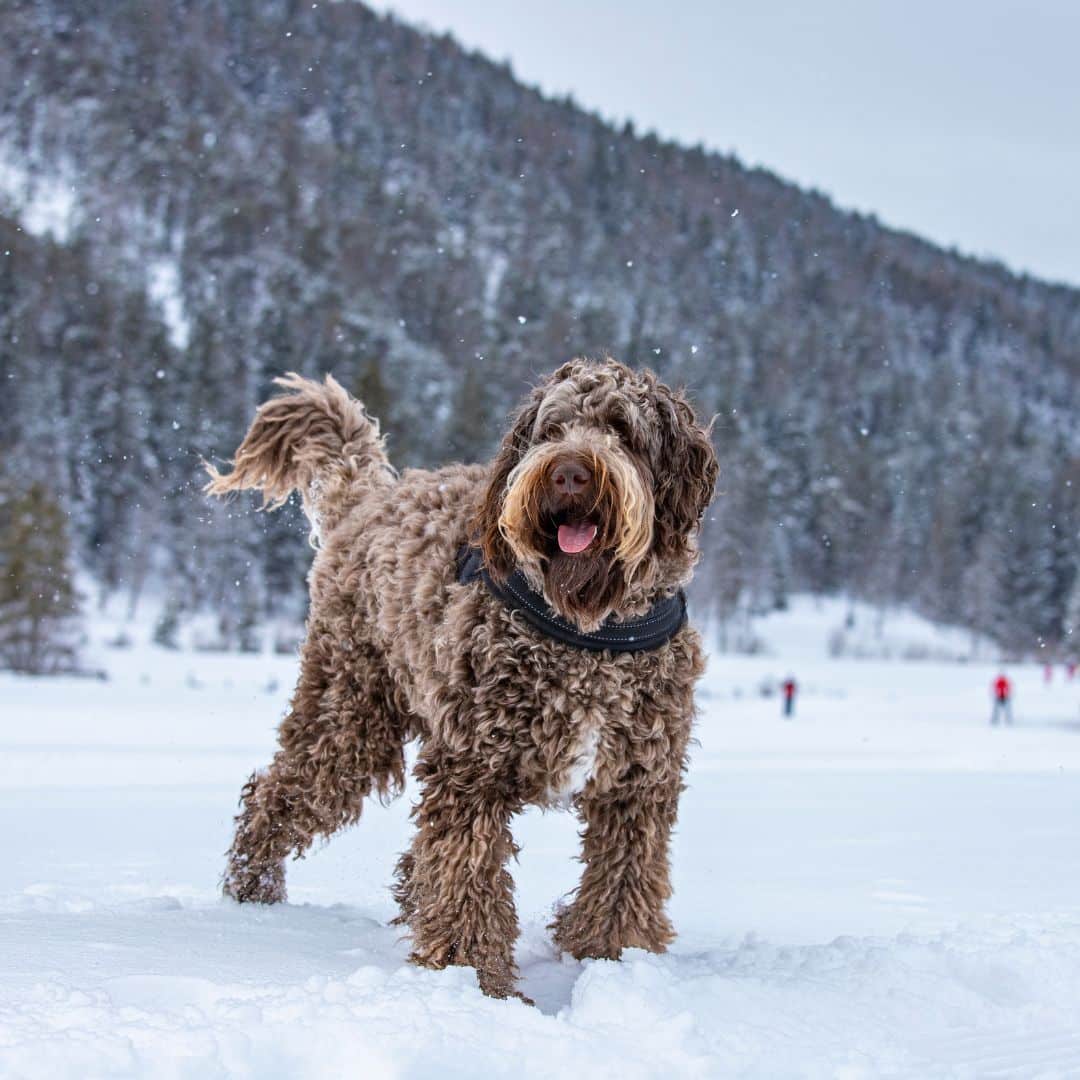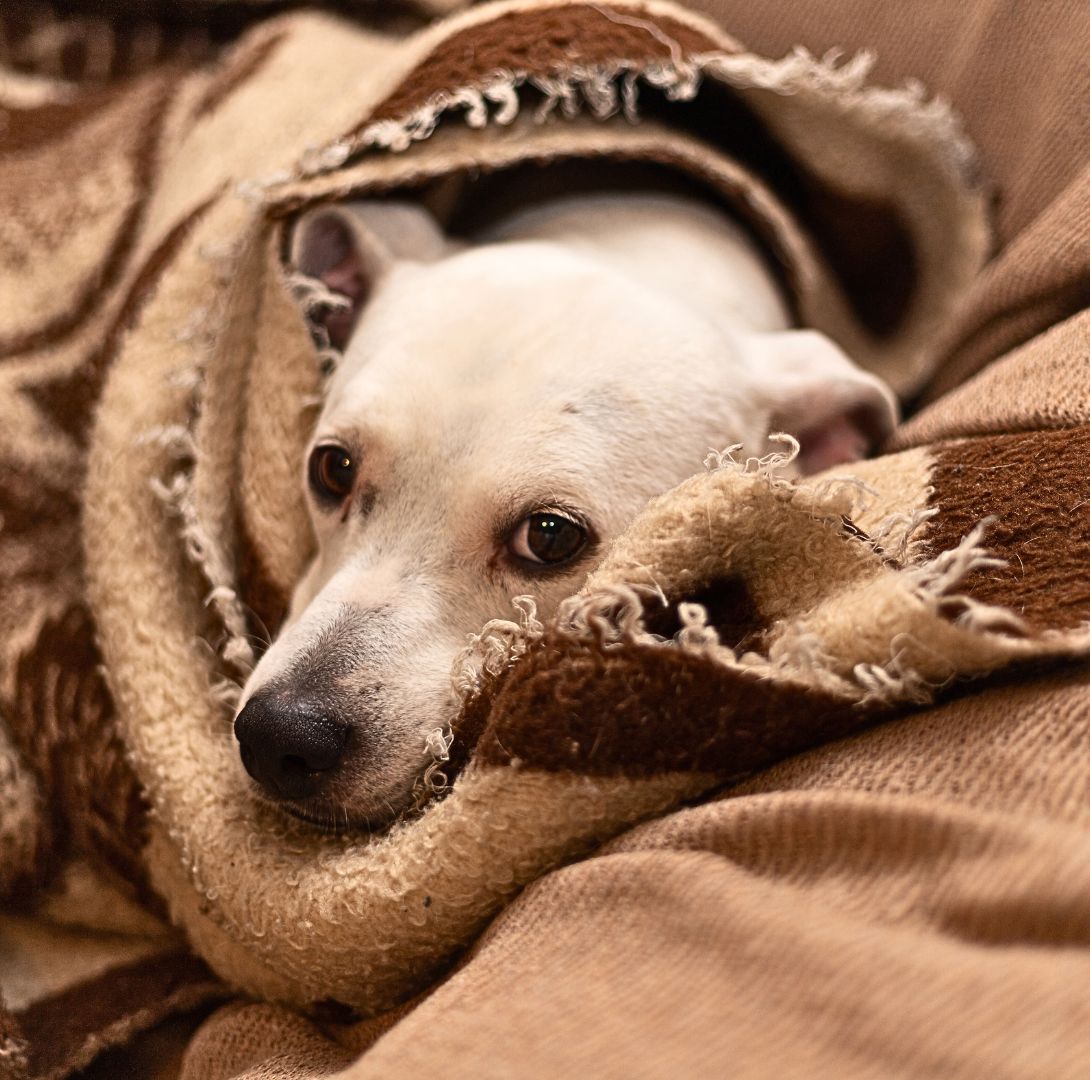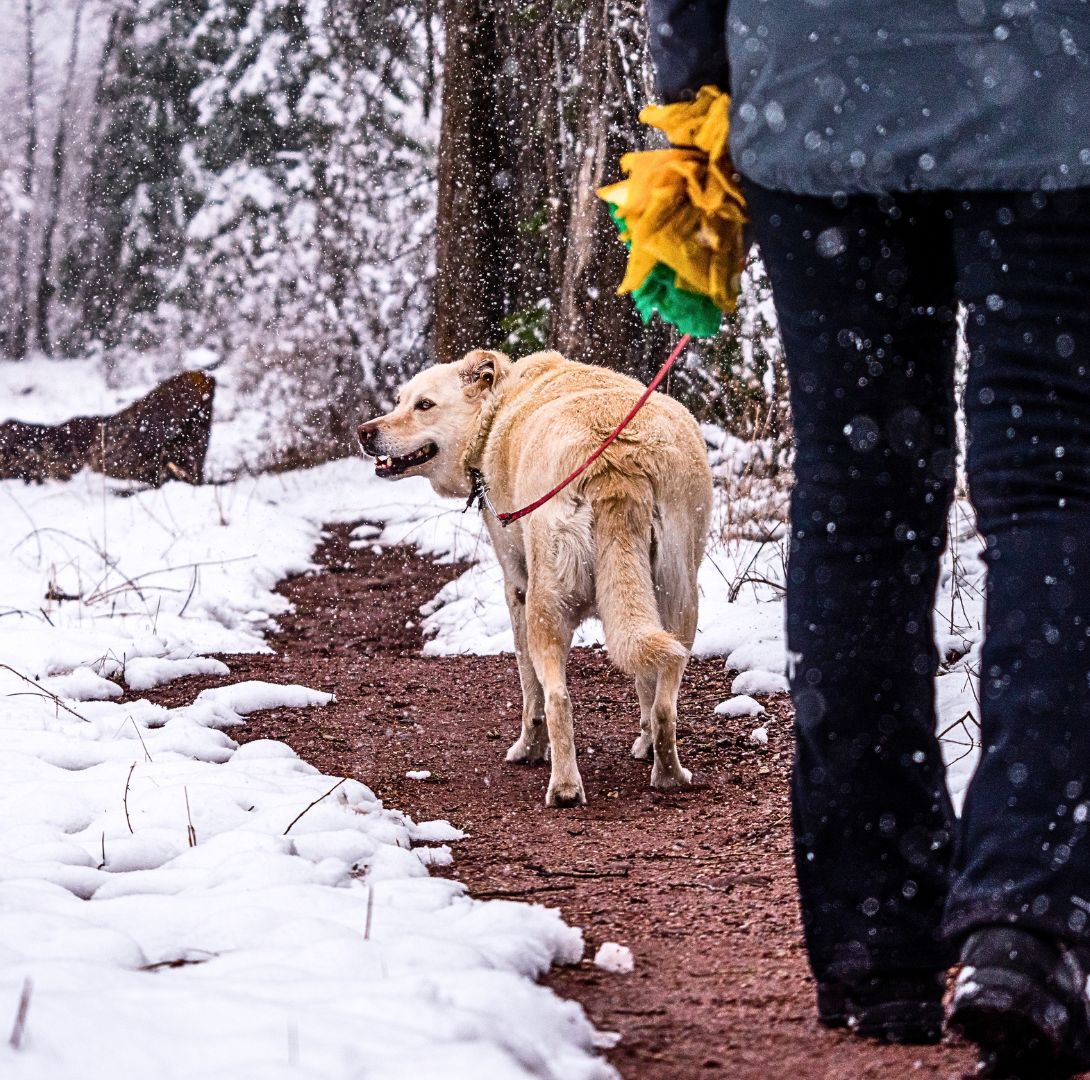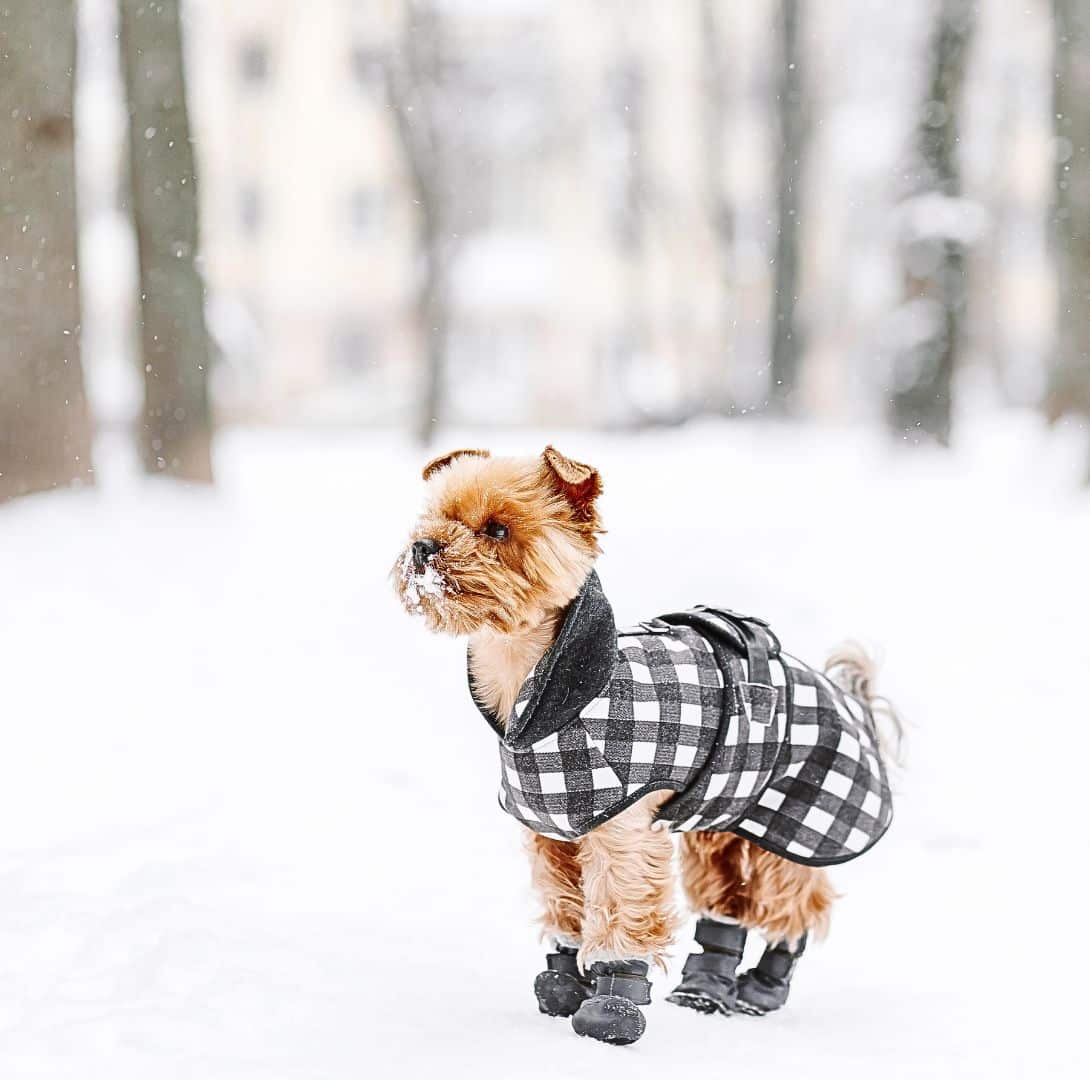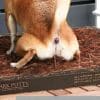During the winter months, it’s important to take extra precautions and ensure the safety and well-being of your furry canine companions. Here are 10 essential tips to keep your dogs safe and happy this winter. By following these guidelines, you can guarantee that your beloved pets stay healthy, happy, and protected from the season’s harsh elements.
Winter has arrived, bringing freezing temperatures in some parts of the country. It’s essential to prepare your dog for the harsh conditions outside. These Winter Safety Tips will tell you how to ensure your pets are warm, safe, and secure during these freezing weather conditions.
According to Mass, taking extra precautions when temperatures drop is essential to ensure your pup stays warm and safe. From providing them with warm bedding to ensuring they get enough exercise, you can take a few simple steps to ensure your four-legged friend stays happy and healthy throughout the colder months. We will explore some essential oils for keeping your dog safe through the winter months.
5 Winter Safety Tips for Dogs and Their Owners
Know your dog’s limits!
Some pups are more prone to the cold than others, depending upon their breed, age, and body type. Short-haired breeds and elderly/young dogs and cats suffer more quickly from exposure to low temperatures.
Thus, take extra care when deciding how much time these canines should spend outdoors in colder climates. If you like to take your dog outdoors in colder weather, ensure they are appropriately dressed. Investing in a coat or sweater will help them stay warm and safe from hypothermia and frostbite – if it’s too cold for you, it’s probably too hard for them.
Wipe the dog’s Paws!
Winter walks with your Labradoodle can be delightful; however, your pup’s paws may pick up hazardous material like salt, antifreeze, and de-icers. To keep them safe from ingesting these harmful chemicals, wiping off their paws when you return from the walk is essential.
Get pet-safe de-icers for your house to ensure your pet’s health is not compromised. Furthermore, inspecting their feet after they come in from outside is necessary to check if they are injured. It includes any signs of cracking or bleeding from ingesting the icy materials.
Keep your Dog Leashed when Walking outdoors!
Winter has the highest number of canine disappearances due to the Snow, which can obstruct familiar aromas they rely upon to find their way home. Keep your furry friends safe by always having them on a leash while taking them out for walks. Make sure their collars have the correct contact information in case they ever go missing, and also get them microchipped as an extra precaution.
Avoid Ice
Keeping your pet safe is of utmost importance when heading for a walk. A study states that you should avoid frozen lakes and ponds, as the melting of ice could give you flu, leaving your pup vulnerable to devastating injury or death.
Leave them home
Extreme temperatures can be hazardous to pets, especially in vehicles. Therefore, it’s best to take them out in the car if you have to and never leave them alone. This will help keep them safe in hot and cold weather.
Use Reflectors in the Dark when Walking
With the transition to Daylight Savings, it’s becoming increasingly common for us to take our furry friends for a walk after dark. Wear reflective items like coats, leashes, and collars to ensure your and your pet’s safety during these evening strolls. Keep your pup as close as possible when traversing busy streets.
Keep Dogs Safe in Cold Temperatures
To ensure the safety and well-being of your dog, it is advisable to keep them indoors most of the time. During frigid weather, when temperatures dip below zero, pet owners should bring their animals indoors to maintain a suitable environment and temperature. Give your pets a comfortable and safe living space. While ensuring it’s spacious enough for them to move around, try to make the shelter small and sufficient to conserve their body heat. Additionally, ensure that the area is free of any drafts.
Antifreeze Spills
Cleaning up antifreeze spills and keeping the bottle out of their reach is essential to avoid potential harm to your pet. It is due to its sweet taste, which can be attractive for dogs, yet very poisonous and hazardous for their health, potentially causing severe illness or even death.
Be Prepared for Power Outages
Winter preparation is essential since it can bring harsh weather and power outages. An emergency plan is critical and should include your furry friends, too! Preparing for the worst is necessary, so having an emergency kit ready for your pets is always recommended.
It should consist of enough food, water, and medication to last them five days – even though you may never need it, it’s always better to have it assembled than to scramble at the last minute!
3 Important Steps to Take When Walking Your Dog in the Snow
Tip #1: Get Your Dog Ready with a Warm Coat & Booties
Winter is here, and it’s time to prepare your furry friend for the cold weather. A warm coat and booties are essential for keeping your pup comfortable while they explore the snow-covered outdoors. These items protect against the cold and ensure that your pup’s paws stay safe from icy surfaces. With these tips, you can ensure your puppy is ready for whatever winter brings!
Tip #2: Watch Out For Icy Conditions & Pavement Burns when Walking your Dog
Recognizing the presence of Ice is being able to see it. The most common way to accomplish this is by looking at your surroundings ahead. If you notice that your surroundings have a thin coat layer of Ice, then you know that the pavement may not be safe for any paws needing traction. When Ice sticks to the surface of the asphalt, it causes friction, and if this friction builds too much heat, it can cause a fire. For ice to form in your surroundings, the temperature must be below 32 degrees Fahrenheit for several hours. When the pavement starts to freeze, it typically does so in an irregular pattern. When you notice this pattern, avoid walking on it when the Ice is finished “showing.” It is best to walk around the area where the Ice has been and not on top of it.
Tip #3: Know the Signs of Cold Weather Stress & Hypothermia in Dogs
Cold weather can be a dangerous time for our pets. Knowing the signs of cold weather stress and hypothermia is essential to keep your pet safe during winter. Hypothermia is a severe medical condition that can occur when a dog’s body temperature drops below normal levels due to exposure to cold temperatures. It is essential to recognize the signs of hypothermia and take action quickly if you suspect your pet may be suffering from it. Knowing the common symptoms of cold stress and hypothermia in dogs can help you identify them early and get your pet’s help.
5 Tips for Caring for Your Dog During the Cold Season
Winter can be brutal for dogs, as cold weather can cause discomfort and health issues. According to a research article published on the RSPCA, keeping your pup safe during the cold season is essential, as is taking extra care of them. Here are five tips to help you care for your dog during winter.
- First, ensure your dog has plenty of warm bedding at night.
- Second, dress them appropriately when they go outside for walks or playtime.
- Third, provide them plenty of water and food to keep their energy levels up.
- Fourth, brush their fur regularly to prevent matting or tangling due to the cold weather conditions.
- Finally, check their paws frequently for any signs of frostbite or other issues that could arise from exposure to cold temperatures.
How to Provide a Dog Hydration During the Cold Weather
Proper nutrition and hydration during the cold winter are vital in keeping your puppy or dog healthy. During this time of year, it is crucial to ensure that your pup has access to fresh water and food that meets its nutritional needs.
An article on RSPCA reveals that you know the additional challenges that can arise when feeding a puppy/dog in winter months, such as winter care for dogs and the risk of hypothermia or frostbite. Understanding how to provide proper nutrition and hydration during these colder months ensures your pup stays safe and healthy all season.
Safe and Hydrated
- Provide a clean, dry bowl of food and fresh water at all times, preferably in the same place.
- Use a dish your puppy or dog cannot knock over alone.
- Make sure your pup has access to the shade while eating.
- Watch for signs of hypothermia or frostbite; consult with a vet if you think it is necessary.
Hypothermia in Dogs: Symptoms include Shivering, Seizures, Depression, and Difficulty Breathing
- Monitor your dog’s body temperature as they eat and drink by using a thermometer and listening to their heart rate.
- Check yourself for signs of cold exposure: If you notice symptoms of hypothermia or frostbite, seek medical attention immediately.
- Be mindful of the local weather forecast for places you will take your dog on walks outside; if a storm is coming, watch for designated areas where your dog is out from the wind and snow.
Conclusion: 5 Winter Safety Tips for Dogs and Owners Walking and Exercising Dogs in the Cold Weather
Walking and exercising your dog in cold weather can be daunting and very dangerous in extreme weather. With helpful tips, you can ensure your pup gets the necessary exercise while staying safe and comfortable in the colder months. Here are some essential things to remember when walking and exercising your dog in the cold weather:
- Dress appropriately for yourself.
- Dress your pup appropriately.
- Keep an eye on the temperature.
- Use shorter walks for older dogs.
- Remember safety precautions.
Following these tips ensures you and your pup stay safe and healthy during those chilly winter months.

